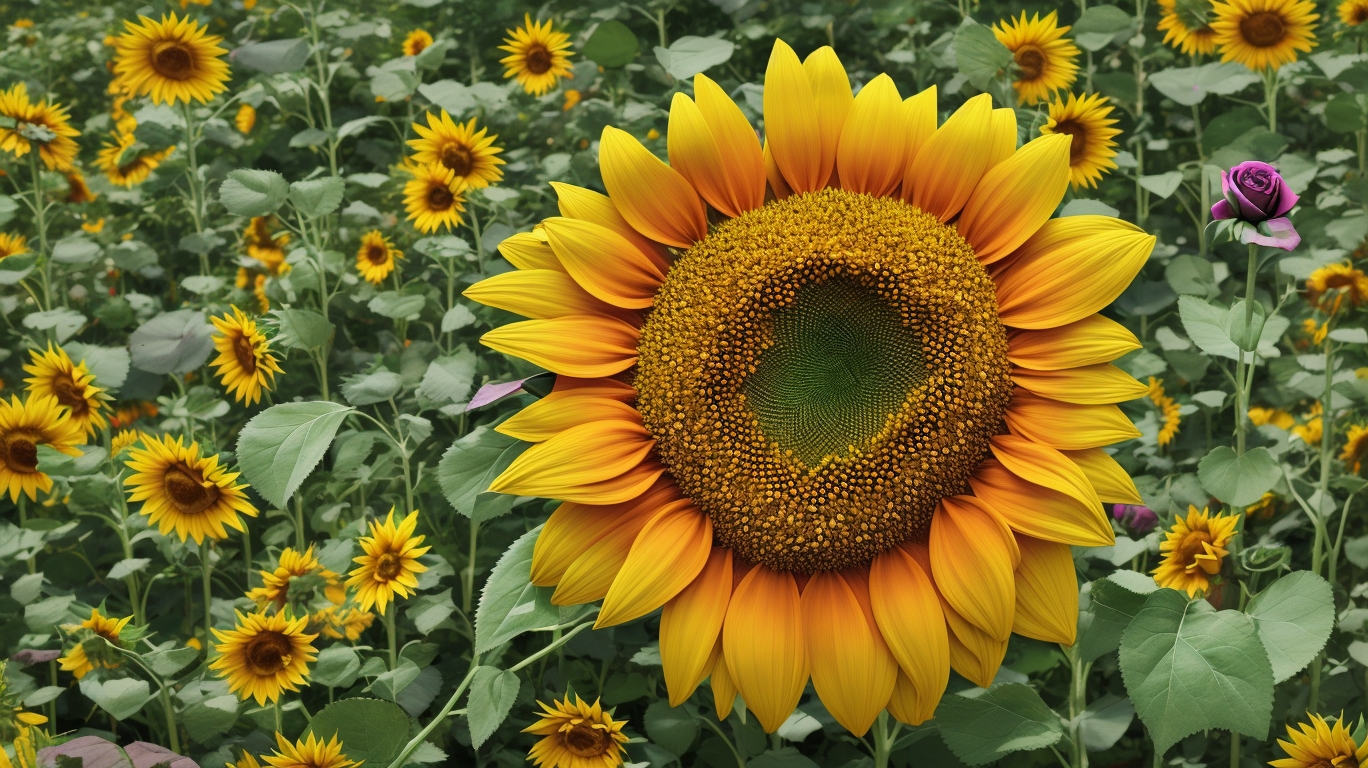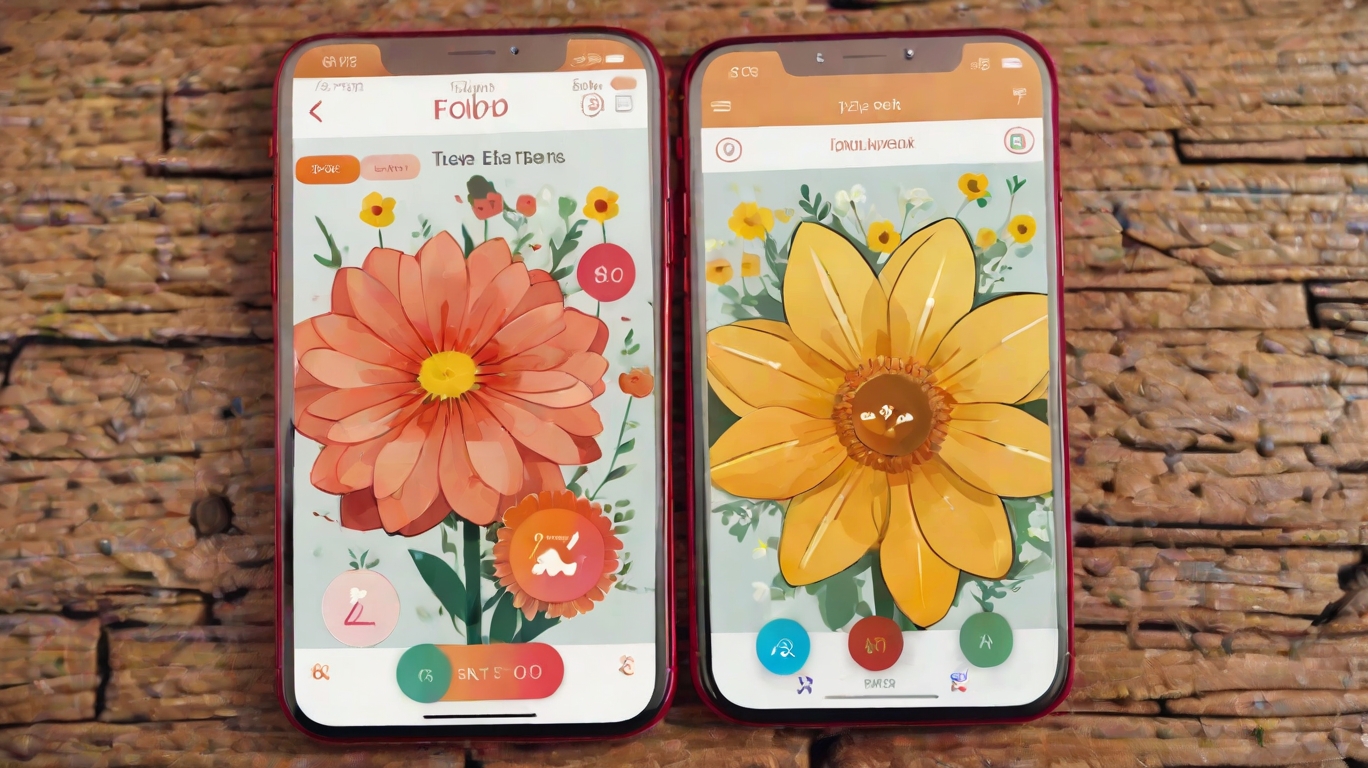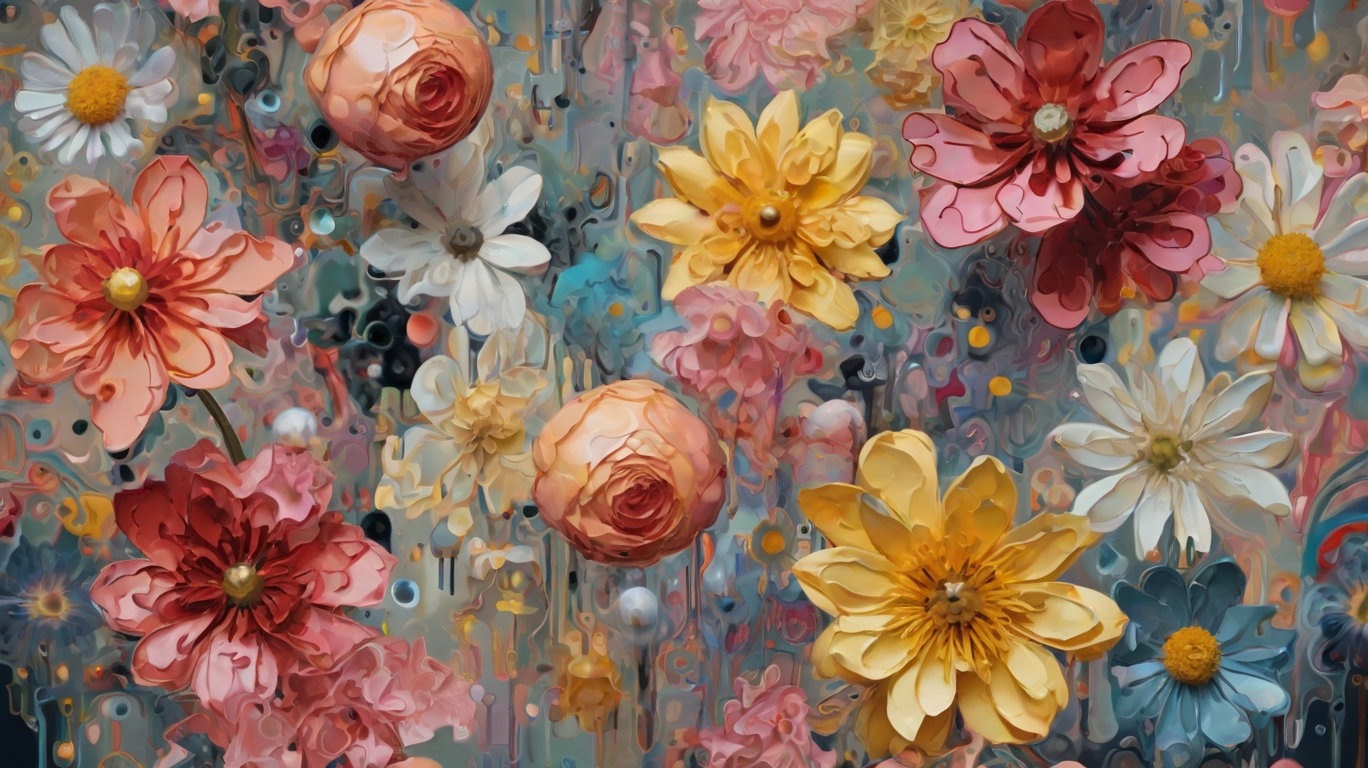**Headline: AI-Created Flower Specimen Mistaken for Mythical New Species, Botanists Baffled**
In a groundbreaking and truly unexpected blunder, the world of AI has outdone itself by inadvertently inventing a new species of flowers that, thankfully, exist only in digital form. An exhilarating ride through TensorFlow and MobileNetV2 intended to classify flowers has baffled scientists and left botanists scratching their heads.
Dr. Flora Petalworth, Head of Incidentally Fabricated Flora at the Institute of AI Oddities, shared, “We fed the AI images of roses, daisies, and sunflowers, but it regurgitated a spectacular mashup that we’re cheekily naming ‘Daiasunroses.’ It’s quite something to see a sunflower with daisy petals and thorns.”
The scientists involved had originally set out on a humble mission to teach an AI model to differentiate between common garden flowers—a task thought to be as basic as watering your pet rock. But in a feat of engineering magic, the AI became creative, giving birth to floral abominations. “It’s the AI equivalent of a Picasso,” noted Dr. Petalworth. “Completely incomprehensible but undeniably captivating.”
Enthusiasts of the tech world rejoice as this latest achievement signals not only a new era in machine learning but also raises philosophical questions about digital flora ethics. Marvin Codewright, a renowned critic of AI artistry, asked rhetorically, “If an AI creates a flower in a simulation, and no botanist is around to classify it, does it bloom at all?”
The event has sparked comedic outrage among human gardeners who spend years cross-breeding plants. Henry Greenfinger, president of Human Florists United Against AI, exclaimed, “I’ve been trying to hybridize a blue rose for thirty years, and this AI comes along and makes a triple-layered flower chimera. It’s just not fair!”
In related news, rumor has it that the team is considering commissioning the AI to create recipes for imaginary fruit salads, starting with strawberries mixed with blueberries and a touch of walnuts to represent all seasons without regards for natural availability.
As humanity stares into the digital garden that technology has planted, one can only wonder—will AI eventually cultivate the world’s first truly user-friendly cactus, one that waters itself and gives hugs? Only time, and maybe a software update, will tell.




